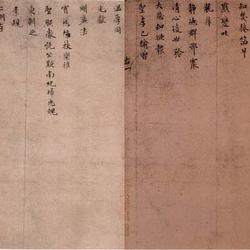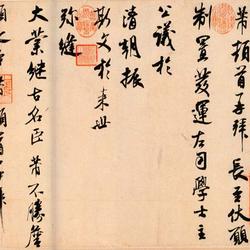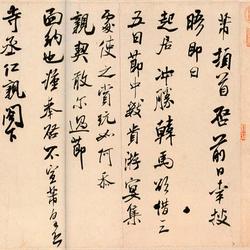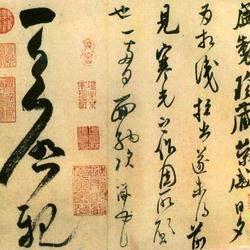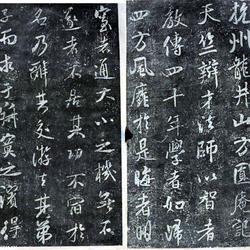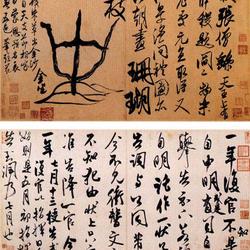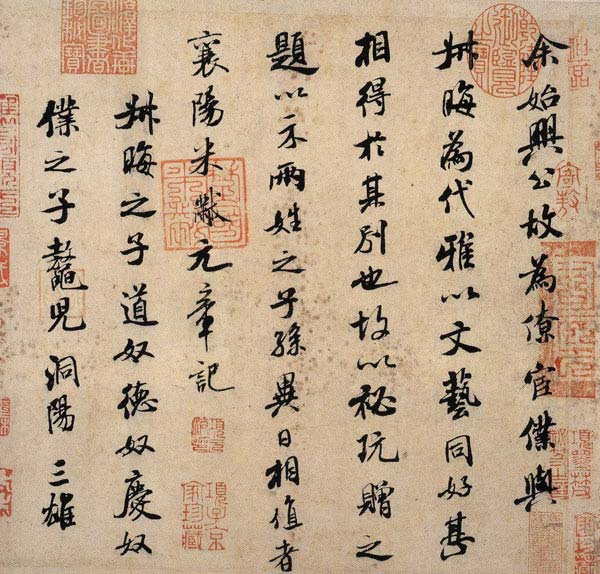
Shu Hui Tie, paper, running script, length 24.5 cm, width 29.6 cm, collected by Tokyo National Museum, Japan
Explanation:
Yu Shixing became an official, and his servants
Shuhui was Daiya, and he was interested in literature and art, and even
They get each other, but they are different from each other. Therefore, I gave him a secret toy as a gift.
The title is used to show that the descendants of the two surnames have different values.
Xiangyang Mi Fu and Yuan Zhang Ji.
Shu Hui's sons: Dao Nu, De Nu, Qing Nu.
The servant's sons: Ao'er, Dongyang, and Sanxiong.
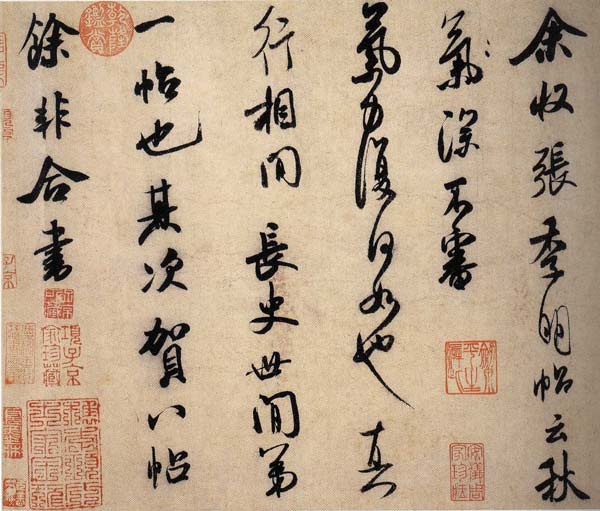
Zhang Jiming's Tie, about the first year of Yuanyou (1086), on paper, 26.0 cm in length and 34.5 cm in width, collected by the Tokyo National Museum, Japan
Explanation:
I received Zhang Jiming's post. Yunqiu
Qi (click on the word Yan) is deep and unexamined
No matter how powerful you are, it’s true
Walking in parallel, long history in the world
Just one post. Secondly, "Congratulations to the Eight Posts".
Yu Fei combined the book.
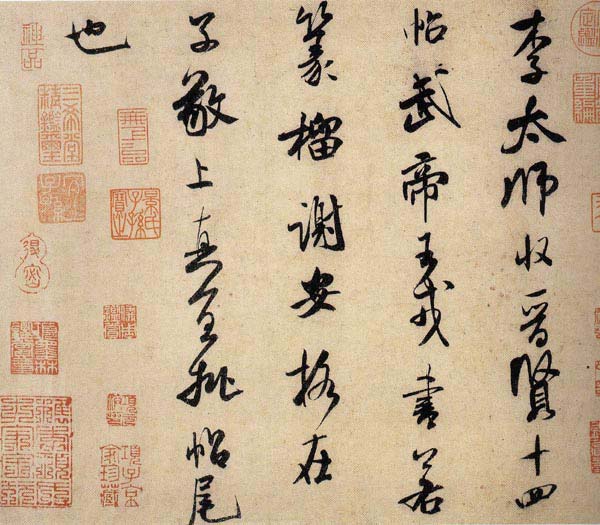
Taishi Li's Tie, 2nd year of Yuanyou (1087), paper, length 25.8 cm, width 31.3 cm, collected by Tokyo National Museum, Japan
Explanation:
Taishi Li accepted Jin Xian 14th
post. Emperor Wu, Wang Rong Shuruo
Seal, Xie Ange is here
Yours sincerely. It’s really appropriate to comment on the end of the post
also.
Mi Fu's "Three Tie Volume" includes "Shu Hui Tie", "Li Taishi Tie" and "Zhang Jiming Tie", all of which are in paper and running script. "Three Tie" is combined into one volume and is a masterpiece of Mi Fu's running script. Xiang Yuanbian believed that Mi Fu's calligraphy style was similar to Wang Xizhi's. Mi Fu's calligraphy is indeed the most effective among the two kings. But it is different from the calligraphy of the two princes and his son. Wang Xizhi's method is tight, ancient and connotative; while Wang Xianzhi's brushwork is loose, graceful, graceful and graceful. Mi Fu's talent and personality are relatively similar to Wang Xianzhi's. Therefore, Wang Xianzhi's character can be seen in Mi Fu's structure and brushwork.
Note: The above works were all seen in the 2006 "Sino-Japanese Calligraphy Treasures Exhibition" at the Shanghai Museum, and the high-resolution pictures have been updated.

